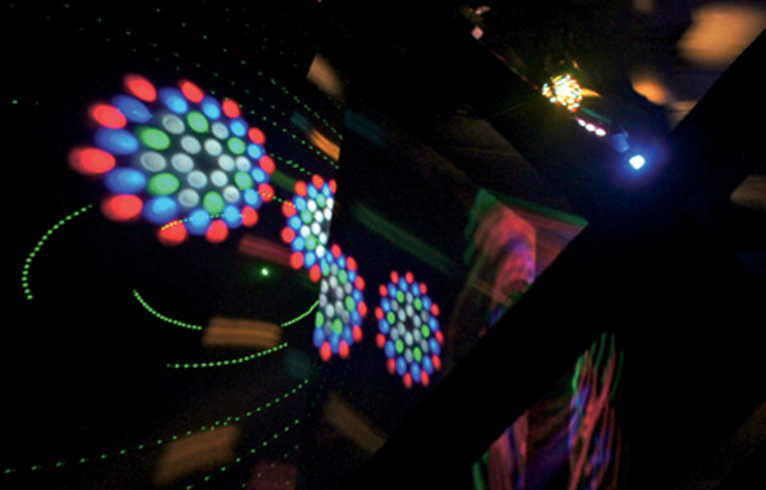A MUSEUM THAT IS NOT
| December 8, 2011 | Post In LEAP 11

According to curator Nikita Choi’s introduction, a series of real experiences and encounters at the Times Museum were what inspired her to put together an exhibition reflecting on the concept of the museum. In her words, art couriers only see two sides to an art museum: the bank and the store. They unfortunately turn a blind eye to the art institution behind them. Interestingly, after browsing “A Museum That Is Not,” one finds that the work of the curator and artists is not geared towards rectifying the name of Times Museum or establishing it as an indispensable fixture of the local community; rather the exhibition is an attempt to surmount presently awkward circumstances— through a head-on exploration of a new art museum framework.
Hu Xiangqian does not arrive for his performance piece Xiangqian Museum until the closing day; for the time being it is only a glass window donning an eye-catching title, situated in the lobby. Even so, the group of works already in place are enough to break down the audience’s inherent psychological expectations of art museums. The exhibition’s most characteristic pieces are Museum and Me by Liu Ding and the “Museum of American Art in Berlin” project; both are based on a particular shared understanding of problems internal to the art system.
The former is an expression of conventions that exist among works of art, audience members, and art practitioners. In reality, however, this is no simple issue. Take, for example, Liu Ding’s yellow bench, which sits in the gallery: to pose the question of what makes this object a work of art— to deeply research the causes and effects of this problem— would require at the very least a lengthy thesis on aesthetics. “The Museum of American Art in Berlin”— which documents MoMA shows that circulated in Europe during the twentieth century and here focuses on MoMA’s 1936 milestone exhibition of Modernist art— is not merely a criticism of MoMA’s hegemonic art-historical narrative; the organization’s founder also gave a lecture on related topics in the name of Walter Benjamin. The piece does not so much call into question “originality” as it does use “copying” to shake the entire material basis of the Western modern art museum.
It is in fact Cuban-born artist Wilfredo Prieto’s work Mute that enables the audience to find its place in the exhibition space. Prieto has converted the space into a disco hall; but while familiar specks of light reflecting off of the hanging disco ball still dance about the room, there is no music playing. The only source of sound is that of the audience’s reaction. Thus the senses of the audience finally come in handy, as the viewer does not have to adopt the usual posture of being confronted with an artwork, but can instead passively receive a kind of professional training in contemporary art.
The Times Museum is located throughout a high-rise residential building far from the city center. Besides offices on the fourteenth floor and a ground-floor reception hall, the formal gallery space is clustered on the nineteenth floor. The rest of the building is residential. This museum became well-known first because of its design pedigree— the brainchild of renowned architect Rem Koolhaas— and secondly out of its cooperation as a branch of the Guangdong Museum of Art for several years up until 2010— at which point it became the autonomous, private Times Museum that it is today. In terms of choosing where to base the museum, the architect had the socially conscious intention of bringing art to the community. But as of now it is hard to know whether this may have just been wishful thinking on his part— a product of a kind of elite logic. Regardless, it is truly an adventure— a material experiment that makes a hard cut into a location without considering the spiritual lives of its local residents. While the Times Museum has yet to meet the fate that le Corbusier’s “Unité d’Habitation” met, “A Museum That Is Not” itself reveals a certain unwillingness to settle for the present reality. It seems that this museum may continue to float atop its community for a long time to come. Sun Dongdong (Translated by Translated by Katy Pinke)

